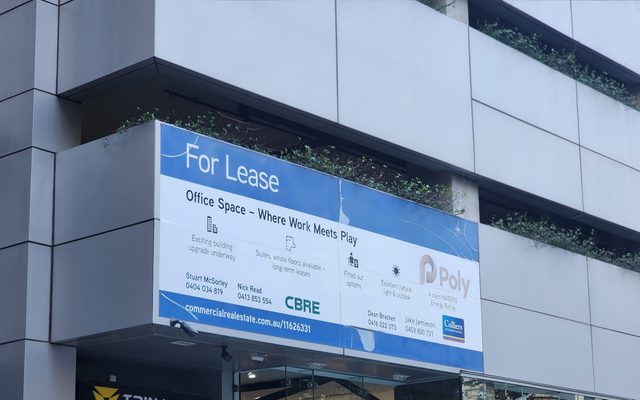This article is from the Australian Property Journal archive
HYBRID working is here to stay, according to Australia’s younger workforce, with half of Gen Z preferring to work between the home and the office over extra pay or more annual leave.
A new survey commissioned by IWG, the world’s largest provider of flexible workspaces and operator of brands including Regus and Spaces, questioned more than 1,000 Gen Z workers aged between 18 and 24.
The results come as Sydney and Melbourne gear up for a return to the office with governments and business hoping to entice workers back into the CBDs.
Hybrid work is valued greater than extra money in the bank by Gen Z, with the survey finding 42% would forgo a 6 to 20% pay increase in favour of having a hybrid work arrangement, while 21% would turn down a pay rise between 10 and 20% in favour of hybrid work arrangements.
More than half of Gen Z workers – 53% – would prefer having a hybrid working arrangement than having an extra week’s leave in a year, and 40% would turn down an extra week’s leave if it meant they had to return to the office full-time.
“Australian business leaders need to recognise the value their youngest workers place on hybrid work. The research reinforces that it’s not just the more established employees that are signally a strong preference for hybrid work, but that our youngest workers expect it as well,” Damien Sheehan, country head for IWG in Australia said.
Bosses have been mostly receptive to the shift, according to young workers, with 44% saying their boss has done a good job already incorporating hybrid work, while only 10% disagreed.
“These workers have demonstrated a strong capability to work from home, an office or somewhere in between. As such it’s not surprising they value hybrid work over any additional leave or pay,” Sheehan said.
“In the new world of work, companies that are looking to hire the brightest and best young talent will need to offer a way of working that’s built on trust, individual responsibility and productivity through a hybrid work model.”
Hybrid work practices have also become a “must have”, rather than nice to have. Just over half (51.5%) of workers expect their workplaces to continue to find new ways to encourage and accommodate hybrid work practises.
In support of a hub and spoke model, nearly two-thirds (62%) would like the option to work some days during the week from a co-working space in their own suburb rather than travelling to their workplace five days a week.
“While the COVID-19 pandemic has caused us to halt commuting and reduce travel, it has also revived young Australians’ love for their local communities. Australians of all ages want to live, shop and now work locally, and the findings show this is especially true for Generation Zs,” Sheehan said.
Gen Z open to regional moves
Nearly half (46%) of young workers are open to moving regionally in the next five years
to help restore their work/life balance. It remains to be seen how the return to the CBDs will impact the high numbers of people undertaking tree- and seachanges enabled by remote working.
New data from the Regional Australia Institute shows the quarterly movement of people from the capitals to regional areas during pandemic-hit 2020 and 2021 was 15% than the years previous. Net migration to regional Australia during COVID has been more than double pre-pandemic levels.
Sydney and Melbourne saw the greatest shifts outwards after cities endured extended lockdowns over the previous two years. The Gold Coast was the most popular destination, attracting 11% of all people who moved from capitals to regional areas during last year.
Next most popular destinations were the Sunshine Coast, Greater Geelong, Wollongong and Lake Macquarie local government areas.
Demand for office space improved across all CBD markets in the six months to January, with tenants requiring more space as the COVID-19 pandemic changes workspaces are used. According to the Property Council, tenant demand improved by average 1% across the CBDs, and 0.7% in non-CBD markets.




